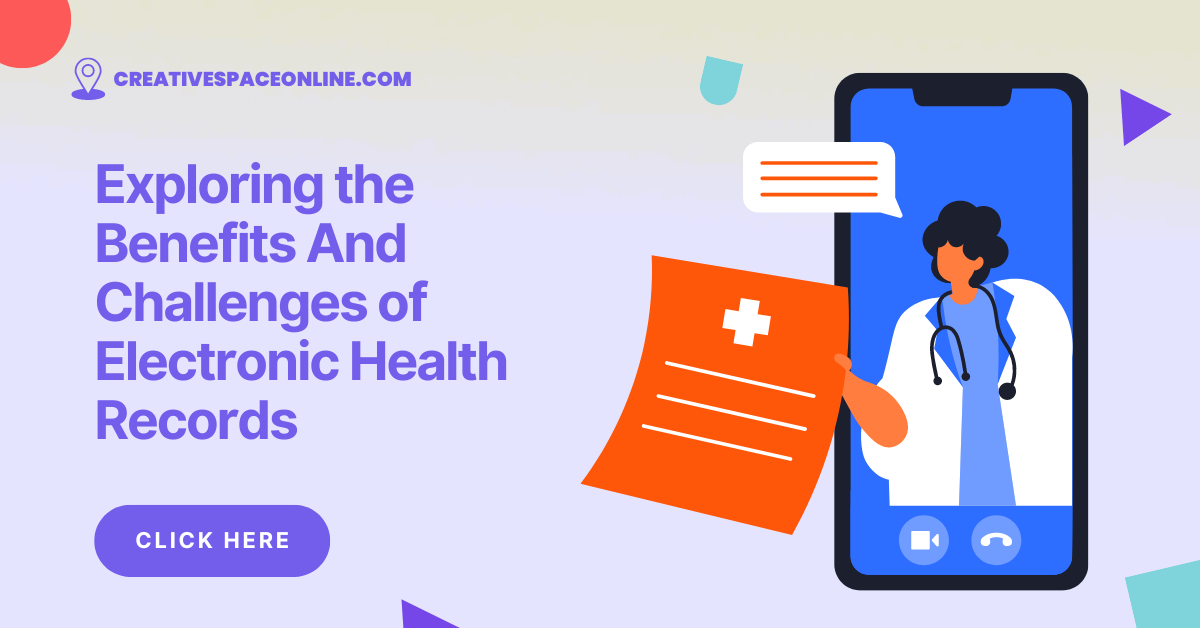Telemedicine is most likely to have a significant impact on the future of healthcare via increasing access to care for underserved groups.
By making it possible for patients to get healthcare services without having to travel far, telemedicine can help close the gap between urban and rural communities.
Providing care to people who might have trouble obtaining standard healthcare services owing to cost or other barriers, can also help to address healthcare inequities.
The foreseeable future of healthcare is also expected to be impacted by telemedicine through increasing patient outcomes. By providing remote monitoring and in-the-moment interventions, telemedicine can aid patients in managing chronic diseases more effectively.
As a result, there may be greater medication adherence, fewer hospitalizations, and better general health results.
The cost of medical care is probably to be significantly impacted by telemedicine.
Telemedicine can save healthcare expenditures for patients and providers by minimizing the need for in-person visits. It can also lower healthcare costs by enhancing patient outcomes and minimizing the need for pricy medical treatments.
An Overview of the Potential of Telemedicine
The practice of telemedicine, usually referred to as telehealth, has the potential to significantly alter the healthcare sector.
The use of telemedicine may also be hampered by legislative obstacles, technological constraints, and worries about security and privacy, among other things.
To guarantee that patients receive high-quality care that is tailored to their specific requirements, healthcare practitioners must carefully navigate these challenges.
Telemedicine has a lot of potentials, and as technology develops and more patients feel at ease with the idea of receiving care remotely, its use is expected to increase.
Best Telemedicine Providers expect that telemedicine use will continue to grow and become an increasingly useful tool for the future of healthcare as technology advances.
Here are a few potential benefits of telemedicine:
- Greater Access to Healthcare
- Greater Efficiency
- Improved Patient Results
- Healthcare Costs Are Lower
- A better work-life balance

1. Greater Access to Healthcare:
By enabling patients to receive care in the comfort of their own homes, telemedicine can address the issue of access to care, especially for underprivileged communities.
People with mobility concerns can avoid the challenges of traveling to a clinic, and patients in rural or distant places can obtain healthcare services without having to travel far.
2. Greater Efficiency:
By requiring less time and resources for in-person consultations, telemedicine can increase the effectiveness of healthcare services.
This may enable medical professionals to see more patients in less time, hence decreasing appointment wait times and raising patient satisfaction.
3. Improved Patient Results:
By offering remote monitoring, in-the-moment interventions, and enhanced access to information and self-management tools, telemedicine can improve patient outcomes.
This may result in increased drug adherence, better chronic illness management, and a decline in hospitalizations.
4. Healthcare Costs Are Lower:
By lowering the need for pricey in-person visits and procedures, as well as by improving patient outcomes and lowering the need for hospital stays, telemedicine can lower healthcare expenditures.
By eliminating the need for in-person visits and offering more effective and convenient healthcare services, telehealth offers the potential to reduce healthcare expenses.
Telehealth has the ability to save healthcare expenditures by enhancing care coordination, minimizing unneeded examinations and procedures, decreasing readmissions to the hospital, and enhancing medication adherence.
While telemedicine implementation comes with certain upfront expenditures, these expenses are frequently compensated by the long-term cost reductions realized by utilizing telehealth services.
5. A better work-life balance:
By minimizing the need for long hours and on-call duties, telemedicine can help healthcare providers achieve a better work-life balance.
Additionally, it may allow healthcare professionals to work remotely, enhancing their quality of life and lowering their stress levels.

What are the Challenges of Telemedicine?
Although telemedicine has the potential to revolutionize the way healthcare is delivered, there are still a number of issues that must be resolved before they can be put into practice.
The following are some of the main obstacles in telemedicine:
1. Technical Challenges:
When providing care remotely, technical concerns like poor video quality, sound problems, and connectivity issues may occur. The standard of care and patient satisfaction may be impacted by these problems.
In recent years, telehealth the use of technology to provide healthcare services and information remotely has grown in popularity.
While telehealth offers a number of advantages, it also poses a number of technical difficulties that must be resolved to assure its success.
2. Regulatory and Legal Obstacles:
Legal and regulatory restrictions on telemedicine can differ by jurisdiction. It can be challenging for healthcare practitioners to deliver telemedicine services across numerous jurisdictions because licensing, reimbursement, and privacy laws can vary from state to state.
Due to its many advantages, including increased access to healthcare services and lower costs, telehealth has been widely adopted in recent years.
Telehealth has great potential, but there are a number of regulatory and legal challenges that must be resolved before it can be successfully incorporated into the healthcare system.
3. Limited Insurance Coverage:
Although many insurers now offer telemedicine coverage, there are still some restrictions, especially for particular services.
This may affect how easily it is accessible to patients, especially those with little financial means.
4. Security and Privacy Issues:
Concerns concerning privacy and security may arise when sensitive personal and medical data is transmitted via the Internet in the context of telemedicine.

To protect patient information, healthcare professionals must make sure they are using secure technology and following the proper policies and procedures.
5. Choosing a patient:
While telemedicine may increase access to care, not all patients find the idea of receiving care remotely to their liking.
Some patients might choose to see a doctor in person or they might not have access to the technology needed for telemedicine.
6. Adaptation to Current Systems:
To be effective, telemedicine needs to be connected with current healthcare systems, such as electronic health records (EHRs).
Integration can be difficult and expensive, especially for smaller healthcare organizations with limited funding.
It takes careful planning and consideration of electronic health records, communication infrastructure, staff training, regulatory compliance, reimbursement, marketing, and patient education to adapt telehealth services to current healthcare systems.
Healthcare organizations can increase patient access to care, save costs, and enhance patient outcomes by carefully integrating telehealth services into the present healthcare systems.
Wind-Up
To fully realize telemedicine’s promise, its difficulties must be overcome. In order to provide high-quality care remotely, healthcare providers must carefully assess the particular needs of their patients and create plans to deal with the difficulties of telemedicine.
The healthcare sector has already had a considerable influence from telemedicine, especially in light of the COVID-19 epidemic.
The use of telemedicine has significantly grown, and many medical professionals and patients are now more at ease with the concept of providing and receiving care remotely.
For instance, nowadays major healthcare professionals use telemedicine for consultation in the areas of mental health.
By enhancing access to care, boosting effectiveness, improving patient outcomes, lowering healthcare costs, and enhancing work-life balance for healthcare professionals, telemedicine has the potential to revolutionize the delivery of healthcare services.
But there are also issues that need to be resolved, including technical obstacles, restrictions imposed by laws and regulations, and worries about privacy and security.







